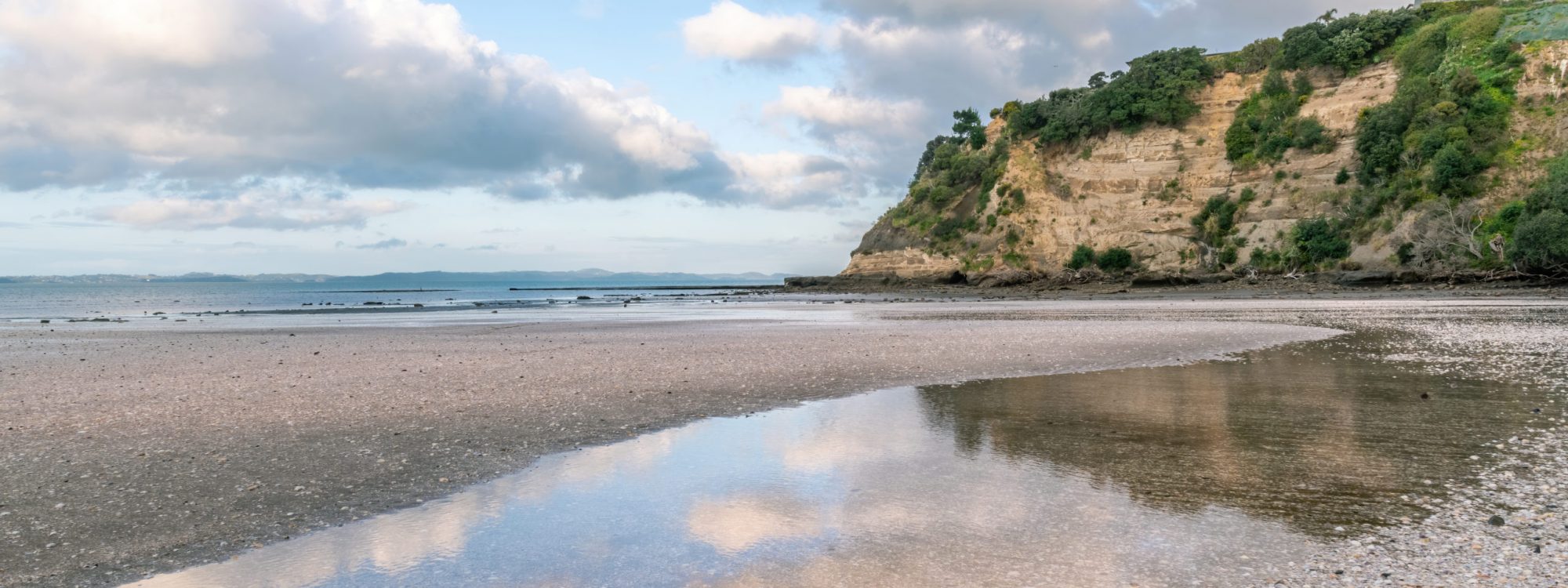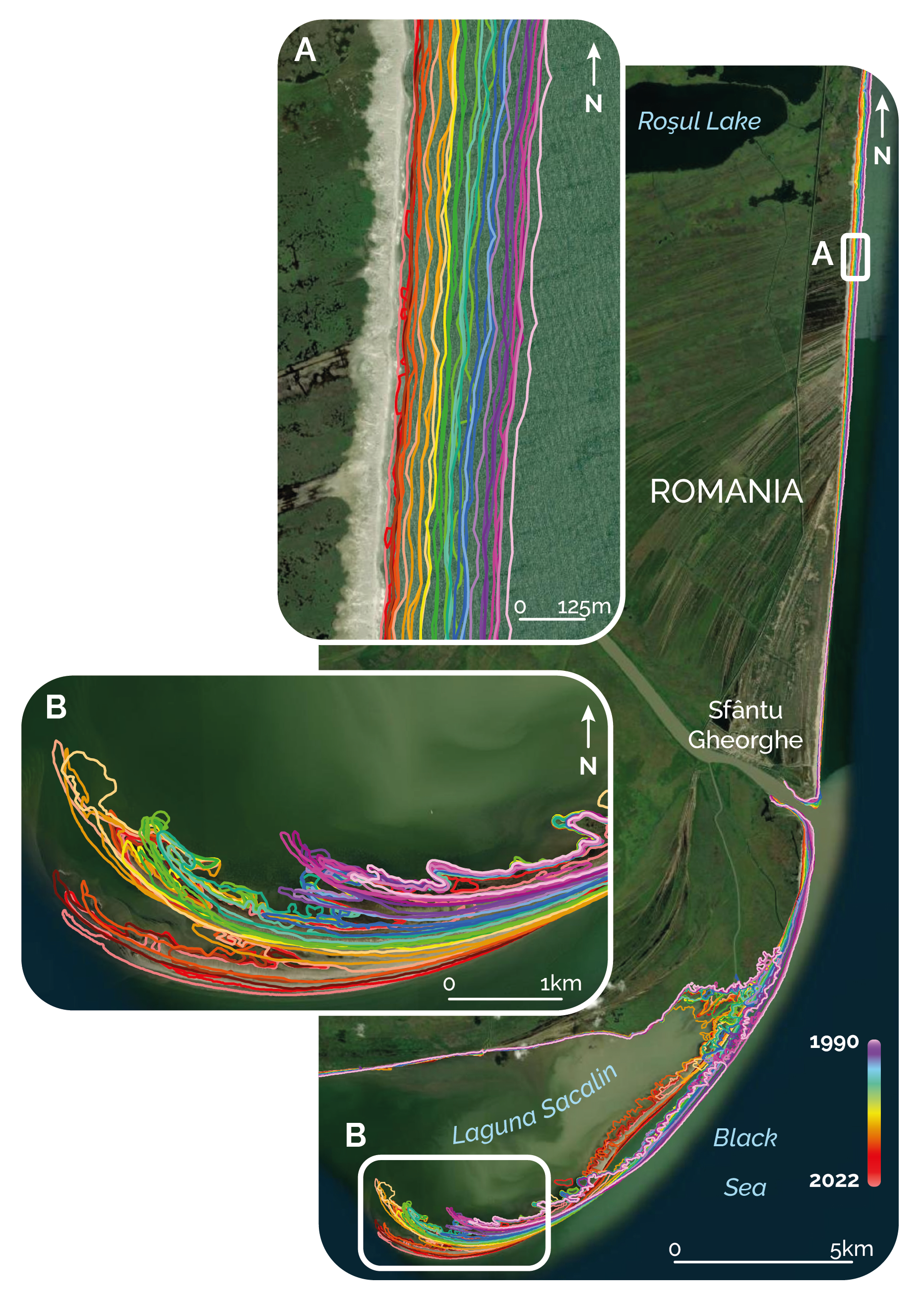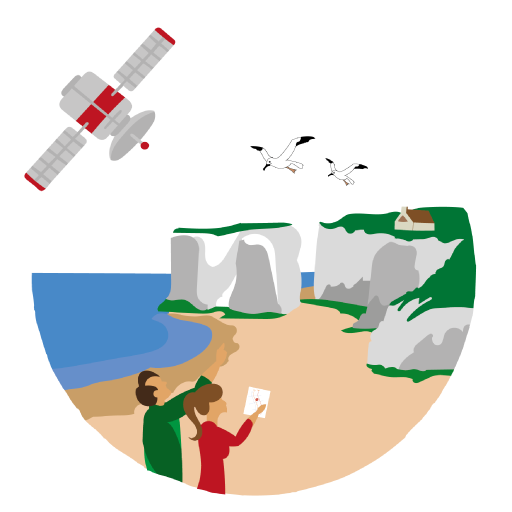The Project
ESA Coastal Erosion – Space for Shore
Fully funded by ESA (2019-2023) in the frame of the ESA Coastal Erosion project, the Space for Shore consortium aims at setting up operational services for coastal erosion monitoring designed by and for end-users. The consortium is composed of technical experts from 6 European countries and involves a large community of end-users, and leads the service development over a total of 4500 km long coastline.
Coastal Erosion

For decades now, coastal areas have been subject to intense urbanization and population growth. Unfortunately, these attractive areas are one of the most dynamics on Earth and suffer from severe coastal hazards due to storm activity and sea level rise.
Even if natural processes and coastal erosion are non linear phenomenon showing successive phases of erosion/accretion, even sometimes shifting trends upon the decades, the issue of coastal retreat appears everywhere around the world under the effect of those natural processes, that are aggravated by climate change and human activities.
To help coastal authorities securing both coastal city attractivity while facing the challenge of sustainable shoreline management, coastal monitoring actions have to be undertaken to upgrade the knowledge of coastal dynamics.

A need for new tools for coastal monitoring
Today, a variety of techniques is available and currently used by scientists and coastal managers for monitoring beach and shoreline change. It includes field surveys using DGPS, terrestrial scanning and/or UAV photogrammetry which offer the best accuracy but is time consuming and restricted to small areas. Airborne surveys using LIDAR have the preference for larger areas, but the cost is too prohibitive to permit repetitive surveys, and the data processing is too long for a majority of coastal stakeholders who need rapid delivery for immediate decision support.
A need has raised for alternative large-scale and affordable techniques, which is what satellite remote sensing can offer.
Why an ESA Coastal Erosion Project?

In the frame of the Earth Observation Envelope Program (EOEP-5), ESA has decided to target the Coastal Erosion issue by funding a 2-yr project in 2019 and 2020.
The project focuses on the prototyping of coastal erosion products derived from past and current Earth Observation missions, including the Copernicus Sentinel-1/2 which offer bi-weekly revisit all over Europe.
The Coastal Erosion project is end-user driven. Coastal managers are central: (i) they have defined the required products; (ii) they have been sharing their ground truth datasets issued from their current monitoring program; and (iii) they will finally test the new products and give feedback about their relevance.

The Space for Shore vision
Led by i-Sea, the Space for Shore consortium is one the 2 project champions selected by ESA.
Our philosophy is based on mutual cooperation between the different SAR and optical remote sensing specialists who address together the more relevant coastal erosion indicators as required by European coastal managers. The ambition is to set up a range of validated satellite products covering all European coastline types and patterns of coastal erosion.
The project is the opportunity to start designing a scalable commercial service to be then deployed at the European scale. The Space for Shore consortium has currently 5 national contact points in each of the participating countries (Germany, France, Portugal, Romania and Greece) enabling proximity with local and national authorities. This network is expected to grow in the coming years.